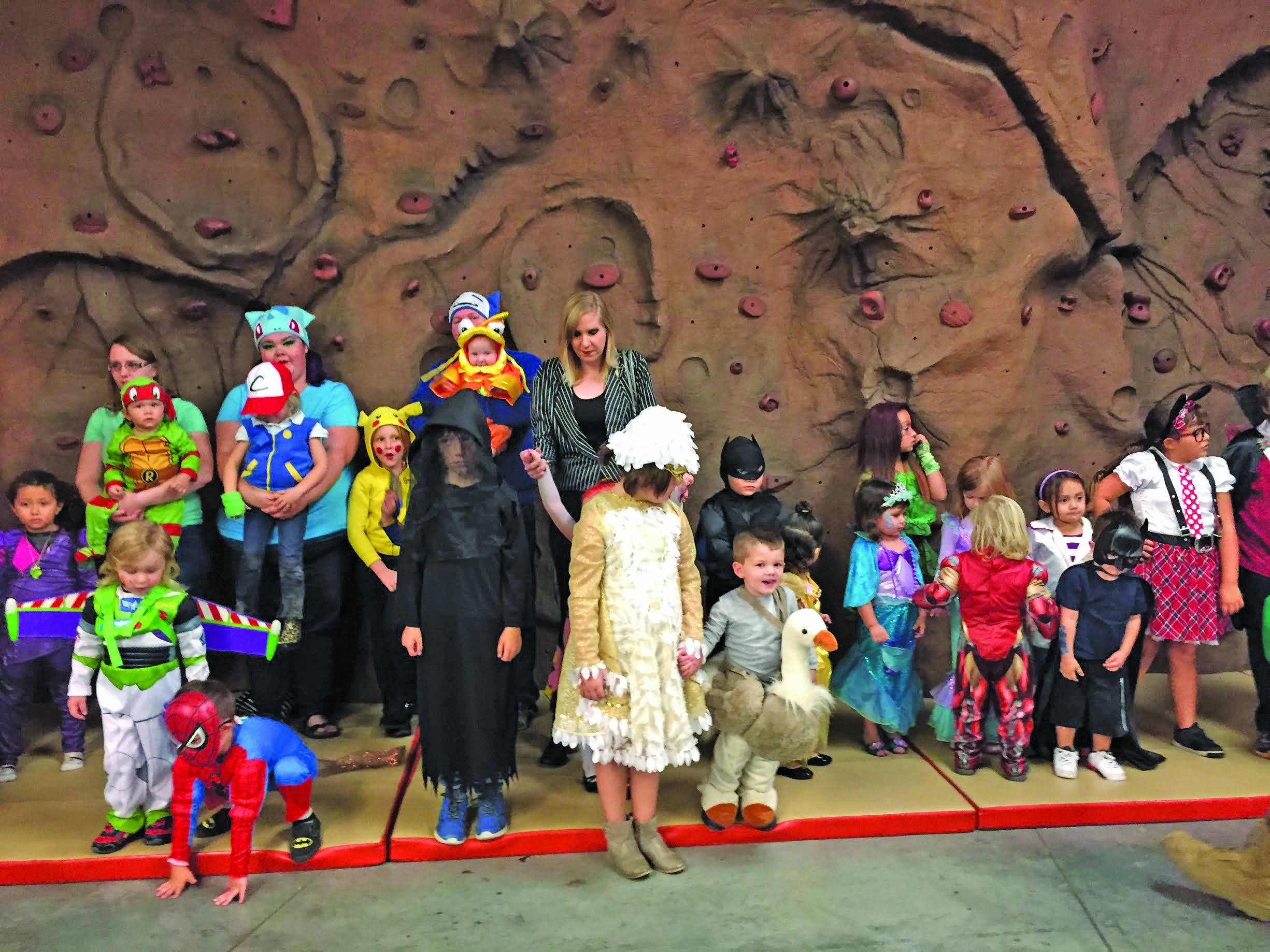By John Copeland
Contributing Writer
It is October, the 10th month of the year. October was actually the eighth month of the year on the ancient Roman calendar. Its name comes from the Latin “octo,” meaning “eight.”
The Romans’ calendar was originally lunar and based on the phases of the moon. It had only 10 months. Their year only totaled 304 days. The Romans had to regularly adjust their calendar to keep in sync with the seasons and over centuries their calendar got seriously messed up.
By 47 B.C., the Roman calendar was a mess. It was 67 days ahead of the true year. Julius Caesar used his authority as the dictator of the Roman world to fix it.
Even though he was a student of astronomy, Caesar was hardly up to the task of revising the calendar. He called on a person who today is pretty much forgotten: an astronomer named Sosigenes. Absolutely nothing is preserved in history about Sosigenes — except that he was an Alexandrian Greek, a person of Greek descent living in Alexandria, Egypt. For all his anonymity, Sosigenes came up with a calendar that is still the foundation of the one we use today.
Sosigenes’ new calendar had 365 days, with an additional day added every fourth year in February. The alternate months of the year — January, March, May, July, September and November — had 31 days; the intervening months each had 30 days with the exception of February which had only 28 and in leap years 29.
But, before Sosigenes’ reformed calendar could be launched, the chronology of the year had to be brought back into sync with the seasons. Caesar decreed that the year 46 B.C. would have 445 days. Across the Roman Empire it was called the year of confusion. (I actually have years like that myself.)
The new calendar also rearranged the established order of the months. Instead of beginning in March, the beginning of spring, as the old Roman calendar had, Sosigenes began his on Jan. 1. This is why the ninth month, September, is named after the number seven, October after eight, November after nine and December after ten.
And of course, Julius Caesar got all the credit for the reform and the calendar even bears his name — the Julian calendar.
I’ve always been interested with calendars and measuring time. Time is our window on the world; we use it to create order and shape the world in which we live. We use time to measure grand things, like the rise and fall of civilizations, and small things, like the increments of our individual lives.
We have many methods for measuring things, but we have only one system to measure time. The “tools” we use to measure time are the clock and calendar. Clocks, either analog or digital, are always in the “present,” letting us know that time is passing. Calendars are linear, made up of boxes that contain everything that happens in a day. When the day’s over, that box is done. I have always found calendars cool, because they show yesterday, today and tomorrow — past, present and future.
Calendars are based on three astronomical cycles: The day, which is the time from one sunrise to the next — about 24 hours; the month, which is one complete orbit of the moon around Earth, is approximately 29.53 days; and the year, which is one complete orbit of Earth around the sun, is approximately 365.24 days.
The length of both the year and month are averages. The real length of a year varies by several minutes because of due the influence of gravity from the sun and all the other planets in our solar system. Because of these constant changes, calendars have always been imperfect and within a few years can drift out of sync with the seasons.
The only real problem with the Julian calendar was its handling of leap years. As centuries passed, the Julian calendar became increasingly inaccurate with respect to the seasons. This was especially troubling to the Roman Catholic Church because it affected the determination of the date of Easter, which, by the 1500s, was well on the way to slipping into summer.
Western nations measured time using the Julian calendar until 1582, when Pope Gregory XIII authorized a correction to the calendar that made a closer approximation to the actual length of time it takes for Earth to complete one orbit around the sun. The resulting new calendar was named for Pope Gregory and is the calendar system that we use today. This calendar still has an error factor of three days every 10,000 years, so eventually a correction will have to be made. But who knows? Earthquakes could change the length of a day enough by then to render the change unnecessary.
At this point, you are probably wondering, what does this have to do with October? Well, it was on Oct. 4, 1582, that the Gregorian calendar took effect in Catholic countries as Pope Gregory XIII issued a decree stating the day following Thursday, October 4, 1582, would be Friday, October 15, 1582, correcting a 10-day error accumulated by the Julian calendar, which is why the month of October marks the beginning of time as we know it. But there is a caveat — most Protestant countries did not embrace the Gregorian calendar until years later. Britain waited 200 years. England and the Americas did not adopt the Gregorian calendar until 1752.







